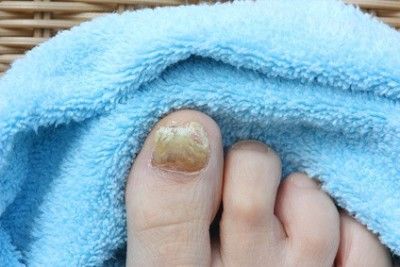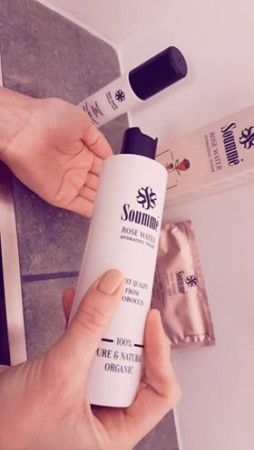Nail fungus – symptoms, treatment options, home remedies
Nail fungus is a very unpleasant topic, and whoever has it once, usually struggles for a long time to get rid of it again.
The annoying disease – called onychomycosis in medicine – is an infection caused by fungi that affects the foot or fingernails. Dermatophytes, so-called filamentous fungi are usually the pathogens. Rather seldom it concerns yeast or molds, which often settle down underneath the nail plates to multiply there cheerfully.
Nail fungus is unfortunately a very common disease and in Germany suffers from it every tenth. But where does the fungus actually come from and how can it be avoided? Let’s first look at the symptoms in more detail.
The symptoms of nail fungus
The fungus manifests itself – depending on the stage – by the following symptoms:
- white, yellow, green or brown discolorations,
- White spots,
- Nail bed no longer shines through pink,
- Nail loses its shine,
- Thickening of the nail plate,
- Nail becomes crumbly,
- Detachment of the nail.
How to get nail fungus?
Just too tight shoes and the warm and humid climate in them, the nail fungus likes very much. Here it feels comfortable and spreads rapidly. Mostly the toenails are affected, mostly the big toenail first.
Sauna and swimming pools are often the places where nail fungus is readily transmitted. So you should generally not walk around barefoot in public and especially damp places and care for his feet regularly, or. use the disinfection devices in saunas or swimming pools.
How to treat nail fungus?
Doctors generally advise on a therapy, consisting of creams and special varnishes, antimycotic-containing agents contain. Freely available varnishes are successful if the nail is not yet completely infected by the fungus. However, the treatment should continue until healthy nail has grown back.
If the therapy is interrupted prematurely, there is a high probability that fungal spores will survive under the nail plate and the fungus will break out again. Important! The temptation is – mostly in women – great to conceal and paint over with colored nail polishes. However, this is not advisable, because the course can be observed poorly in this way.
Removing the diseased nail material through medical foot care has also proven to be extremely effective. There is also the possibility of a therapy with prescription drugs in tablet form, so-called antimycotics against fungi and their spores to tackle.
Laser therapies are a good alternative, if due to health problems no tablets may be taken. The nail is usually lightly to moderately abraded by the doctor and then treated with a laser. The duration of the treatment depends on the infestation and cannot be generalized.
Home remedy
Many swear by tea tree oil or vinegar. Applied to the nail, it should kill the pathogens and make the fungus disappear already quite quickly. Also cream the affected nail with toothpaste should help, as well as urine, as this should have a disinfecting effect. Who would like to use therefore first of all an alternative.
Conclusion
In any case, it is important to treat the nail, otherwise the fungus spreads and the nail structure can be extremely damaged. In addition, it can cause the nails to become discolored, thicken or even splinter, which can be quite painful.
A visit to the doctor is therefore advisable to determine the severity of the infestation and to treat the fungus directly and correctly.
Worn laundry – especially socks – should be washed at least 60 degrees if possible, because only in this way the pathogens are destroyed.
Shoes should also be breathable and care must be taken to change socks daily. It is best to wear cotton socks, as they are more breathable.
If, however, despite all precautions, a nail fungus does occur, you should in any case first see a doctor.


